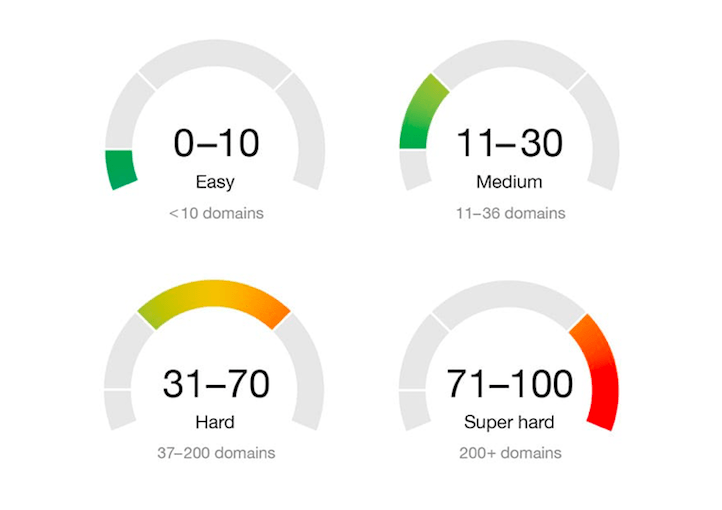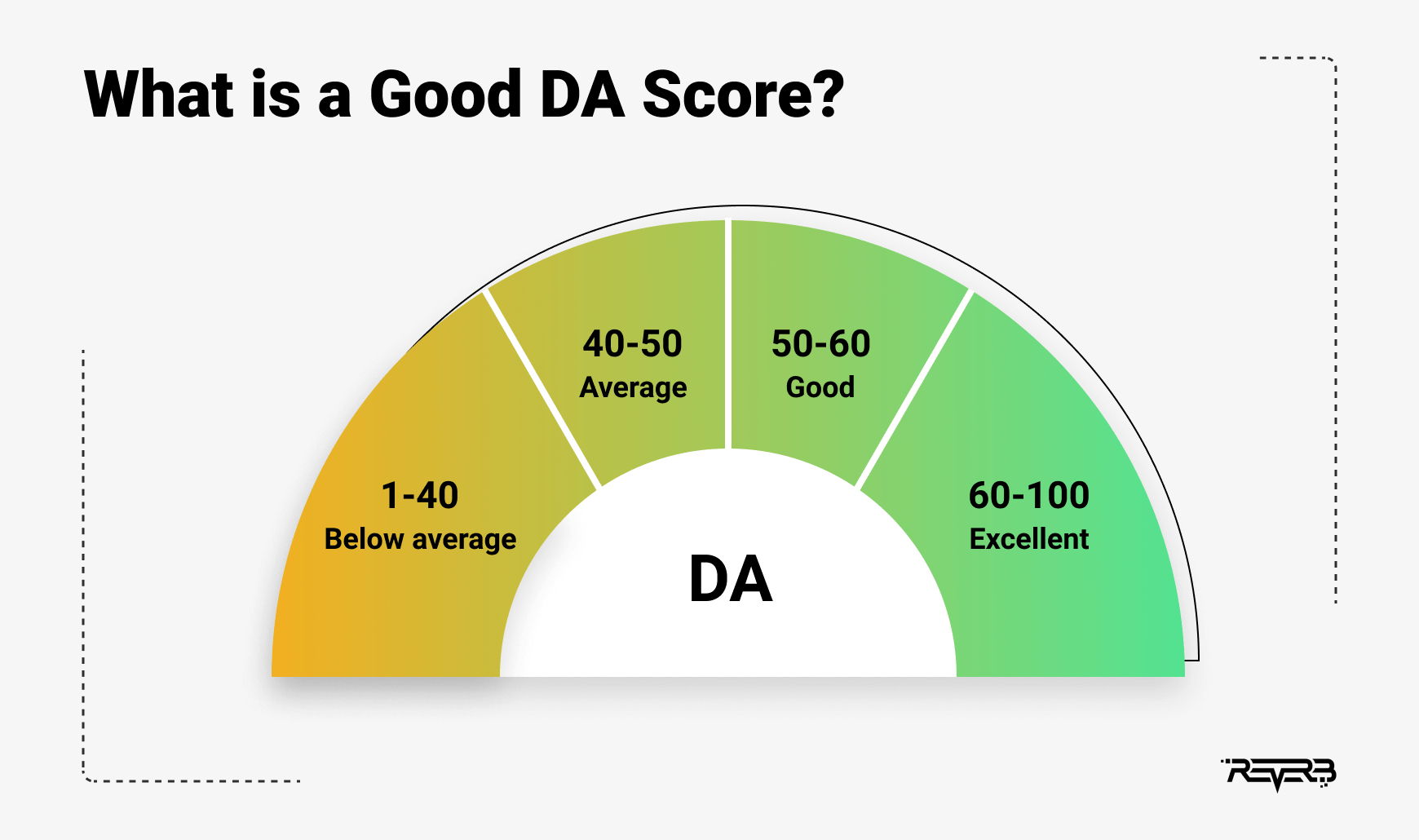As a business owner with an online presence, you want your website to be seen. To achieve this, you need to rank high in search engine results pages (SERPs). One key factor in performing well in the SERPs is to conduct keyword research for search engine optimization (SEO). By understanding the keywords that online people use to find your products or services, you can improve your search engine rankings and increase your online visibility. In this article, we'll explore the importance of keyword research and share a step-by-step process of how to conduct keyword research for website content.
What is Keyword Research?
Keyword research is a critical component of SEO. It helps businesses identify high-value search terms that users type into google to search for products or services your business offers. By understanding these search terms, you can optimize your website to appear in the SERPs when people search for those terms.
Why is Keyword Research Important?
Keyword research is important because it tells you what topics your target audience is interested in. The keyword research process reveals if there is a demand for a given topic, which helps you avoid wasting time on content that isn't searched for or rankable.
An Ahref study found that 90.63% of all indexed pages "get zero traffic from Google, and 5.29% of them get ten visits per month or less."
With such revealing stats, you can't skip this step. By conducting keyword research, you'll be able to identify the topics and language your target audience is using. This vital information gives you insights into what topics to cover and how to optimize your page to rank for those terms.
Step 1: Brainstorm "Seed" Terms
Seed keywords are the fundamental building blocks of keyword research. They are the starting point for generating a larger list of keywords that can be used for SEO and content creation. Seed keywords are typically one or two-word phrases that are broad and general in nature, such as "cyber security," "fitness," or "inbound marketing."
To brainstorm seed keywords, ask yourself, "What keywords do I think this page should rank for?"
Once you have identified your seed keywords, you can use keyword research tools to generate additional keyword ideas that are related to your seed keywords.
Step 2: Use Keyword Research Tools
Turn to a keyword research tool for the next few steps. There are a few free keyword research tools, such as:
- Google Keyword Planner
- Google Trends
- Google Search Console
- Google Suggestions/Autocomplete
- Keyword Generator

These tools are great resources that many experienced SEOs utilize.
However, you will quickly find that these tools alone will not give you the granular information needed for advanced SEO.
There are several great paid keyword research tools available. A few that I have used and recommend include SEMrush, Moz, and UberSuggest. Most keyword research tools work the same and will provide various metrics, such as search volume, competition level, and cost-per-click (CPC).
Step 3: Create a List of Relevant Keywords, Related Terms, and Questions
Using a seed keyword, go to a paid or free keyword research (try Keyword Generator for this step) and search your seed keyword term. The tool generates a list of related keywords, questions, and keyword variations. Review the suggestions and create a list with terms that seem related to your brand. Don't worry about keyword difficulty or search volume at this time. Just focus on building a long list of keywords that seem relevant to your brand.
Step 4: Determine Keyword Relevancy
In this step, we will discover if the keywords in your list match relevancy and user intent.
To do this, open a new window in Incognito mode. Then go to a search engine such as Bing or Google. Search the first keyword in your list. What kind of search results appear?
Click the first few that appear and read through the content. Once you read through a few results, you'll get a sense of what type of content ranks for that term. Using this information, you'll need to determine if the keyword on your list is relevant to your brand.
Do this for the next keywords on your list and begin to filter out the irrelevant keywords.
Step 5: Research Keyword Search Volume
Use a keyword research tool to investigate keyword search volume. Search volume may be as low as zero and as high as several hundred thousand. Don't make any decisions at this point, as it's far too soon to make a conclusion. Make a note of the keywords you particularly favor, even those with high search volume and low search volume.
Step 6: Research Keyword Difficulty
Next, examine the Keyword Difficulty (KD) levels of each keyword. The keywords with higher search volume will naturally have a higher KD score. Terms with low search volume may have lower KD scores, but this is not always the case. Make a note of KD and go to the next step.
Step 7: Investigate the Competition's SEO
It's time to investigate the competition. Your keyword research tool will tell you exactly who your competition is for each keyword. It will reveal the competitor's domain authority, page authority, backlinks, and estimated monthly traffic. The metric you should focus on is backlinks. Make a note of how many backlinks the top 10 search results have. This number will run anywhere from a dozen to several hundred thousand.
While looking into the competition's SEO, also read their content. Determine why their content is so good that it's ranking on page 1 of the search results. Consider factors such as readability score, page length, and topics covered.
Step 8: Identify Your Website's SEO Authority
You might already be getting an idea of what is doable and what will be difficult to rank for in the SERPs. But before you make a decision, conduct research into your own website. Identify what your website Domain Authority (DA) score is and determine where you stand compared to the competition.
DA is a metric developed by SEO software providers to measure the overall strength and credibility of a website. It's based on a scale of 0-100, with higher scores indicating a stronger and more authoritative website. DA is determined by the website's age, history, number of backlinks, and quality of backlinks. Authoritative websites can go for the keywords with high search volume and high KD because they have higher chances of ranking for those terms. However, this is not a definitive rule. Exceptional content from lower domain websites outrank authoritative websites all of the time.
Step 9: Analyze the Data and Make a Decision
Now it's time to consider all the data and decide on the best keywords for your webpage. Determining the right keywords comes down to several factors, such as your short and long-term strategy, unique content, and authority. Read the next two sections to help you determine what keywords to choose.
If you already know what keywords you want to use, then it's time to put those keywords into action.
Your page should have one primary target keyword. Each sub-section will then target a related keyword that supports your content. Be strategic about how you use the keywords in your content. By this, I mean place your primary keyword in the page title, H1 tag, in the body of the text, and the meta description.
Your secondary keywords should go in the H2 tags that break up your content for an organized layout. Don't overuse or attempt to keyword stuff; this will have the opposite effect.
Strategy for Low Authority Websites
If you have a low authority score, you'll want to start by targeting long-tail keywords with low KD, high search volume, and reachable backlink count. Search volume may be low. It might be below 100 – that is ok! Especially if you keep this strategy up because these numbers will add up to consistent monthly traffic.
A strategy targeting attainable long-tail keywords will make all the difference for a website new to SEO. As your website builds authority, you'll be able to rank for more competitive keywords. This does not mean you should avoid difficult keywords altogether. Go to the section "How to Target Keywords with High Keyword Difficulty Scores" for more on this.
Strategy for Average to Good Authority Websites
Websites with higher authority have more leverage and can compete for those high-value keywords with higher KD scores. When determining what keyword you should choose, make a list of your top keywords. Then study the top 10 results and review the backlink portfolio of these pages. Determine the average backlink count and consider if you have the resources and connections to build a backlinking strategy that can match your competition.
How to Target Keywords with High Keyword Difficulty Scores
While intentionally targeting attainable keywords is a good strategy, you must also target relevant high-volume keywords with high KD scores. Do this early on, too - don't wait until you've built your authority score to match the competition. The reason why is that you need to build backlinks, and building backlinks takes a long time. However, when you target these types of keywords, your approach will be different. You'll need to advocate more resources to target keywords with high-difficulty scores. I'm talking about investing in developing unique content such as surveys, study results, unique quotes or interviews from experts, in-depth guides, video content, and top-notch writing.
It's Time to Create Your Content
Now that you have the keywords insights you need, it's time for you to build out your page. Create an amazing piece of content your audience will find valuable. Strategically use your target keywords throughout your webpage or blog post to improve your chances of ranking.
Remember to track your process and report monthly to monitor your progress. And with that, you've just mastered a fundamental step to data-driven content marketing for SEO.








